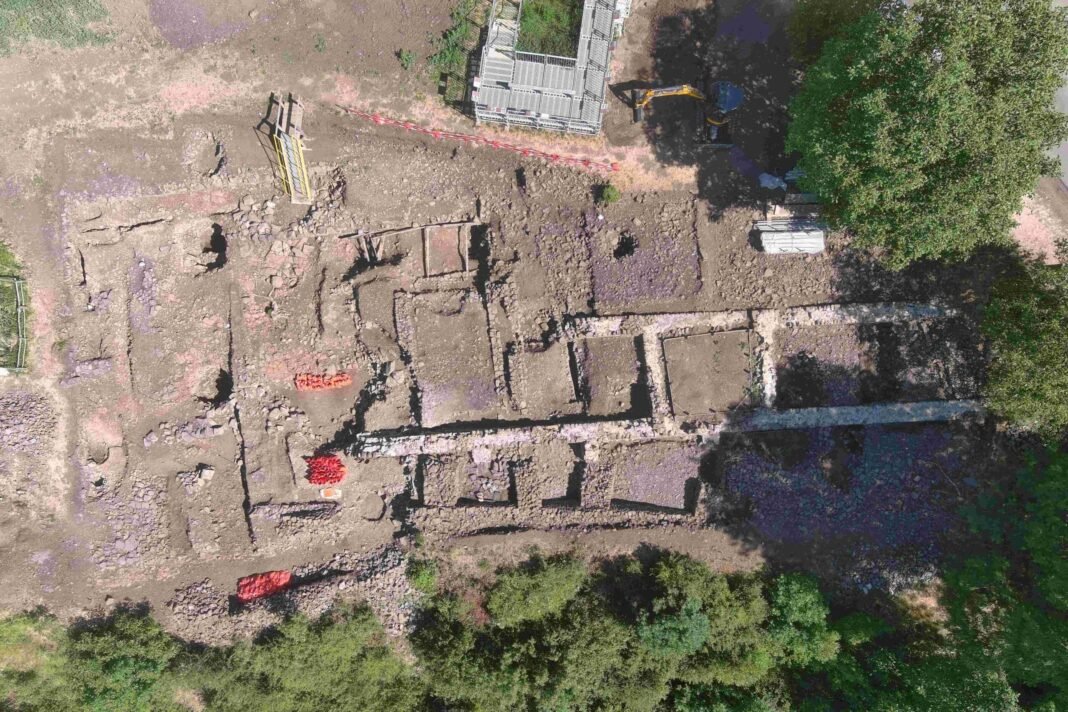
Archaeologists have uncovered three new rock-cut tombs, known as Domus de Janas or “Fairy Houses,” at the Sant’Andrea Priu archaeological complex in northern Sardinia, Italy. The discovery brings the total number of hypogea at the site to twenty and sheds new light on the island’s prehistoric burial traditions.
The find emerged during a cultural heritage initiative led by Italy’s Ministry of Culture, aimed at excavating, preserving, and improving access to major archaeological sites across the Meilogu region. The program also includes nearby landmarks, such as Nuraghe Oes and Nuraghe Santu Antine, with an overall budget of about €2 million ($2.30 million).
Distinctive architectural features of Fairy Houses in Italy
The newly documented tombs, labeled XVIII, XIX, and XX, were found near the “Tomb of the Hearth,” a well‑known chamber carved into a plateau beneath a striking rock formation called the “Bell Tower” or “Bull.” Each structure displays unique architectural details and cultural artifacts.
Tomb XVIII features a corridor leading to a square central chamber with a carved hearth. Excavators recovered obsidian fragments, a spindle, a greenstone axe, and pickaxes. Tomb XIX is smaller, with a pavilion‑style entrance that opens into two chambers where ceramic fragments and a miniature jar were found.
The largest of the group, Tomb XX, contains seven rooms linked by side corridors branching from a central cell. A painted decorative band survives on one wall. More than 30 Roman‑era ceramic vessels were discovered inside, earning it the nickname “Tomb of the Roman Vases.”
Cultural and historical significance
Domus de Janas, meaning “House of the Fairies” or “House of the Witches” in Sardinian, dates between 3400 and 2700 BC. Carved directly into rock, these tombs mirror the domestic architecture of the Neolithic period and reflect beliefs in an afterlife resembling daily life. Interiors often feature symbolic motifs, including spirals, bull horns, and false doors.
The Sant’Andrea Priu complex is among Sardinia’s most important prehistoric burial grounds. Beyond its Neolithic origins, the site preserves traces of Roman and early medieval occupation, illustrating centuries of continued use. It lies on the volcanic slopes of the Meilogu plateau and is now part of a serial site recently added to UNESCO’s World Heritage List, underscoring its international value.
Next steps
Artifacts recovered from the tombs will be restored and analyzed at the Restoration and Conservation Center of Li Punti. Excavations will continue in the lower area of the site, where remains of Roman and medieval settlements have already surfaced.
The new discoveries deepen understanding of Sardinia’s ancient funerary customs and are expected to enhance the site’s appeal to both researchers and visitors seeking insight into the island’s early Mediterranean history.


